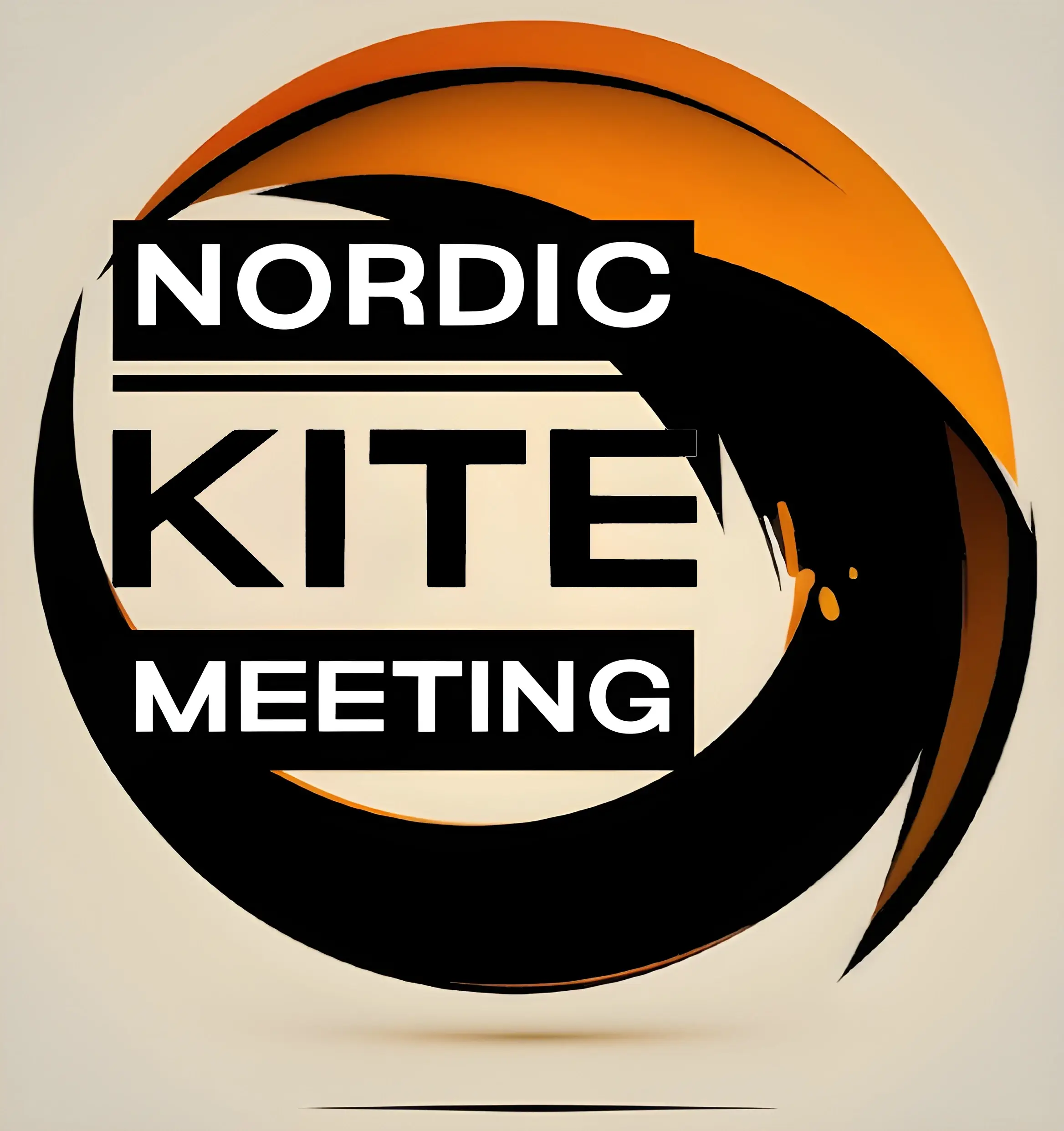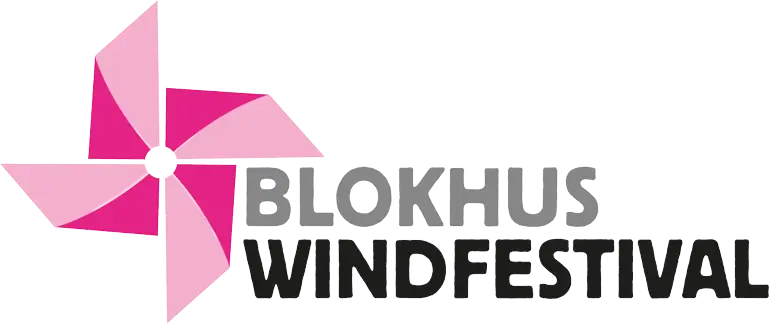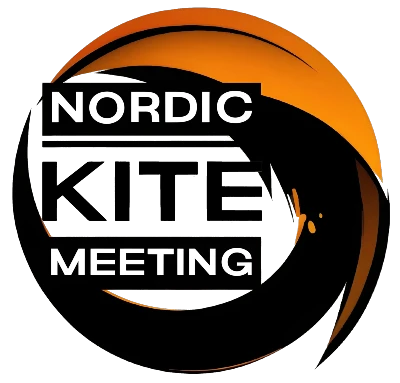Continuity
In order to improve you need continuity.
To make things look good, it’s of vital importance to base our flying (routine) on continuity both flying as a team as well as individually.
With continuity comes experience and skills. With continuity (minor) adjustments are easy to implement and perfection not an unreachable goal!
In order to build continuity, I believe building a library of elements (patterns in the air) is the best way to go.
The Elements
Like said, I’ve been flying with the ATF since 2003 and experienced quite a bit about things that work and things that don’t work (so well). From both my own experience and as seen with other teams, building up a good base of different elements that can be put together as a routine is amongst those things that work well. (Btw. Team Kitelife have a ‘library’ of about 60 elements that they can choose from.)
Definition
But what is an element? I’ll try to define what I mean.
“An element is a sequence of a specified number of kites flying a specified pattern in the air.
The element has a clearly defined start and end.”
(Similar to a STACK compulsory.)
Documenting
As soon as we think an element is working well, the element should be set and never changed.
Then the element should be described in figures (and words) and distributed to all pilots – element sheets. The latest version of the element sheets should also always be available on the Internet for quick access on the field … or wherever.
I really believe this approach makes for continuity and will serve us a handful of more advantages too. These are described in the following.
The Toolbox
With a decent number of elements – no I don’t say 60ish like TKL, but a decent 15ish – will automatically give us a routine of four minutes … give or take. Well within the length of a decent (demo) routine. You can call the collection or library of elements our Toolbox from which to pick and choose and reorder the elements when putting a routine together.
Naming convention
Each separate element should have a unique name. If the name is descriptive, that’s fine too, but make sure the name isn’t too long/too difficult to pronounce (when flying).
With practice, this naming convention connects the element to the muscle memory of the individual pilot and will IMO improve both pilot and team performance.

Flown separately
Each element can be flown separately, thus making repetitions easy. You can fly an element over and over and over again until you get it right and it slowly becomes muscle memory.
Commands
With uniquely named elements, commands will be easier to do (and understand) too. When practising the elements, commanding can be practised (and streamlined) simultaneously.
Guiding comments
Experience tells me it might be a good idea to let one of the pilots (not the captain) say guiding comments while flying, comments that will inform both the captain and the rest of the pilots what comes next, when all kites are in position for the next “move”, etc. Almost acting like a teleprompter in a theatre!
Switching places
When the team has worked out the elements to the tee, it’s a lot easier to switch the order of the pilots and even replace pilots when necessary. In our case, this is actually vital.
Modifying
If you build an element for four pilots and have it based in the muscle memory, it’s not too difficult to modify the element for a three or five pilot setup.

Time Saver
Establishing and keeping all elements unchanged will save us a lot of time on those rare occasions we all meet. We don’t have to go through all the bits and pieces, discuss the details and other whatnots, but rather fly! Creating this foundation and maintain continuity, we will all get more air time and fun …. and that’s what it’s all about, isn’t it?
Number of pilots
The elements should be created for four kites/pilots (only), having in mind that it must be possible to fly with both duallies and quads (with minor adjustments only).
The elements should also be easy to modify for three/five kites depending on the number of pilots available.
Solo practice
It’s not too difficult to practice the elements when flying by yourself. Off course you will miss out on that team feel, but I know by experience that you’ll get the basics done. It also helps to memorize the elements themselves.




